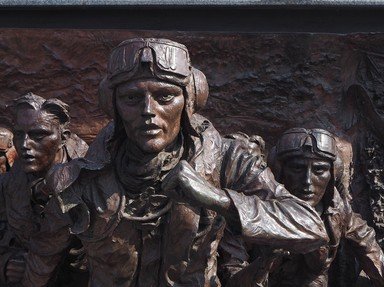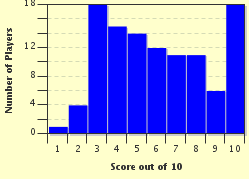Quiz Answer Key and Fun Facts
1. At first we used to enjoy watching the returning fighters. They signalled that they had shot down an enemy by rolling in the sky before landing. Why was this practice stopped?
2. A deterrent for the enemy bombers were huge bags filled with lighter than air gas which were floated above the city to make the flight paths difficult. What were they called?
3. After an air fight, we children were encouraged to hunt for bits and pieces that could be recycled. Most things we were told to avoid, and just mark, but what were we allowed to collect and return?
4. How was our milk ration delivered?
5. As food shortages became more intense, "British Restaurants" were started where you could have a good meal at an economical price. What meat did they often use, which became linked with these meals but would be frowned upon these days?
6. Why was the game of cricket seldom played?
7. In late summer and during the autumn, we children were sent out with baskets to collect something from the hedgerows that could be sold to the local food offices to be turned into a vitamin supplement. What did we collect?
8. What was a 'liberty bodice'?
9. What was the first thing you did when you got indoors after dark?
10. What was a "wartime scrape"?
Source: Author
Toeknee448
This quiz was reviewed by FunTrivia editor
bloomsby before going online.
Any errors found in FunTrivia content are routinely corrected through our feedback system.

